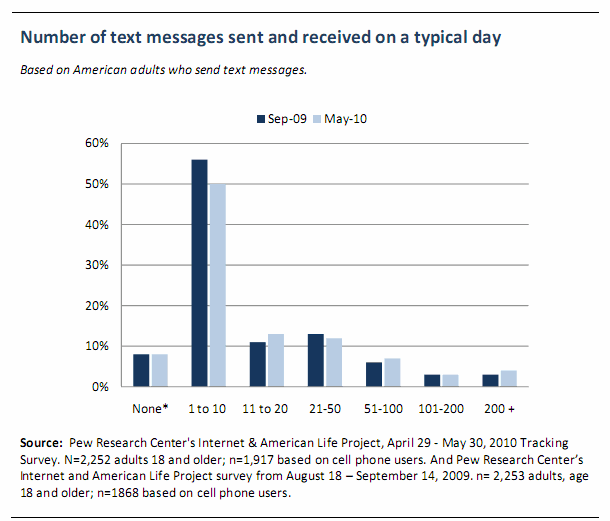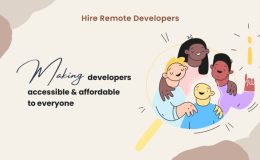Tizen-sunxi is a community driven port of Tizen for devices with Allwinner processors. So far at the git repository of the projects are available instructions for booting Tizen on couple of open-source hardware boards from the OlinuXino family as well as Tizen images for download.
Right now Philippe "Rzr" Coval is working on Tizen 3 Common port for Sunxi devices which will be merged into the Tizen-sunxi repo. The video below is taken with Tizen 2.0 IVI image which was originally created for PandaBoard but later was ported to devices with Allwinner processors.
If you are part of the Do It Yourself movement you might be interested in building your own Tizen Laptop. The following components are required:
- A single board computer, the open-source hardware board A10S-OlinuXino-MICRO is used in the video but if you plan to buy such at the moment A10-OlinuXino-LIME which costs just 30 EUR seems like a better option
- Motorola lapdock which approximate price including delivery from ebay sellers is $100
- HDMI cable – the price varies depending the quality and the length but about $5-10 should be enough
- HDMI Female to Micro HDMI Male Adapter – $1
- Micro HDMI Female to Female Adapter – less than $5
- USB 2.0 A Female to Micro USB B 5 Pin Male Plug OTG Adapter – $1
- USB Male to Male cable which 5 volt red wire must be cut off before plugging it at the board
As you can see the total amount of money needed for this gadget is approximately less than $200 and most of the components can be bought from ebay with free shipping. Of course the main advantage is that once you have all these components you can also boot Android and Linux distributions on it.
I am looking forward meeting you at my talk about "Porting Tizen to open source hardware devices for beginners" at Tizen Developer Conference 2014. More details about the porting process as well as guidelines how to select appropriate developer boards and to build DIY devices will be discussed.


















